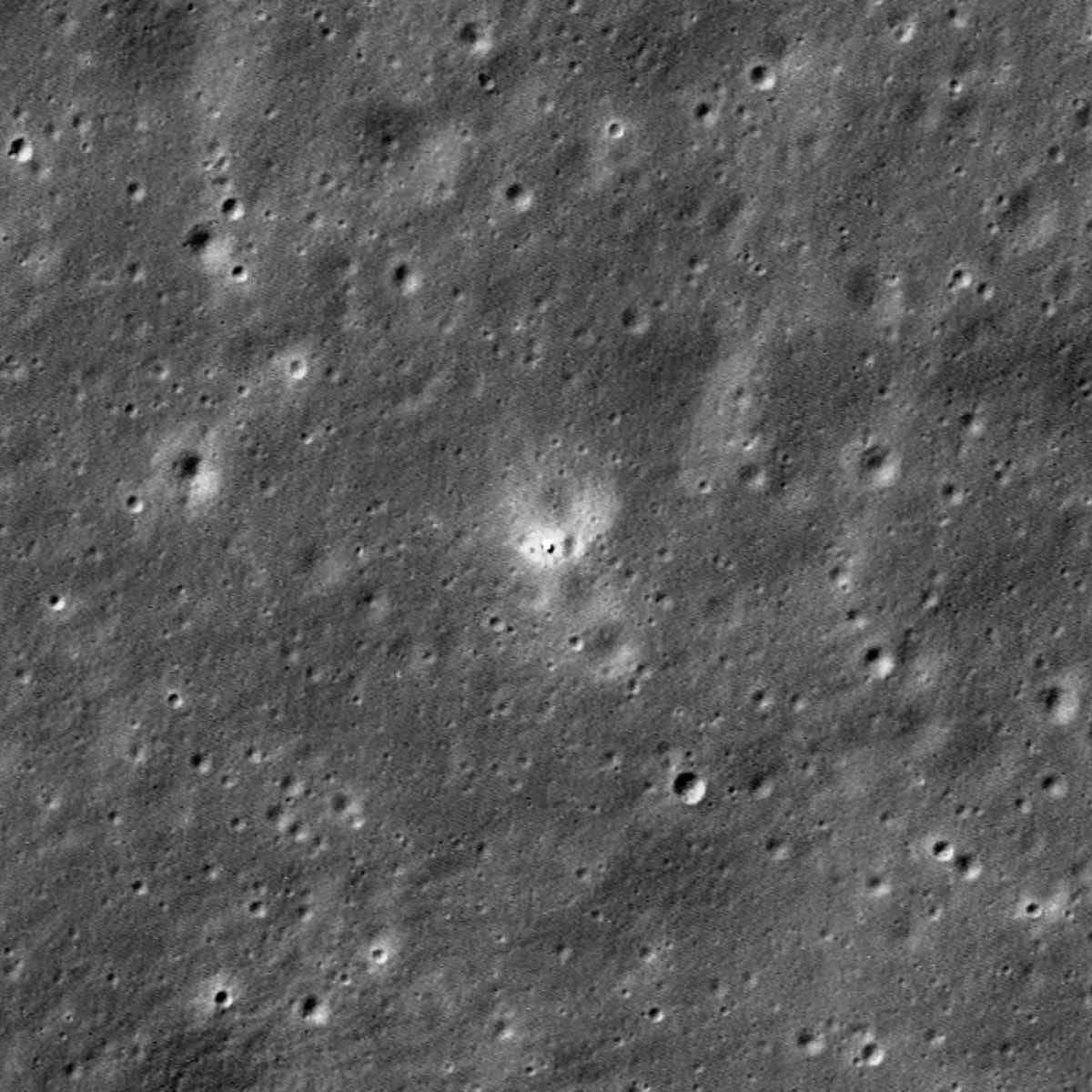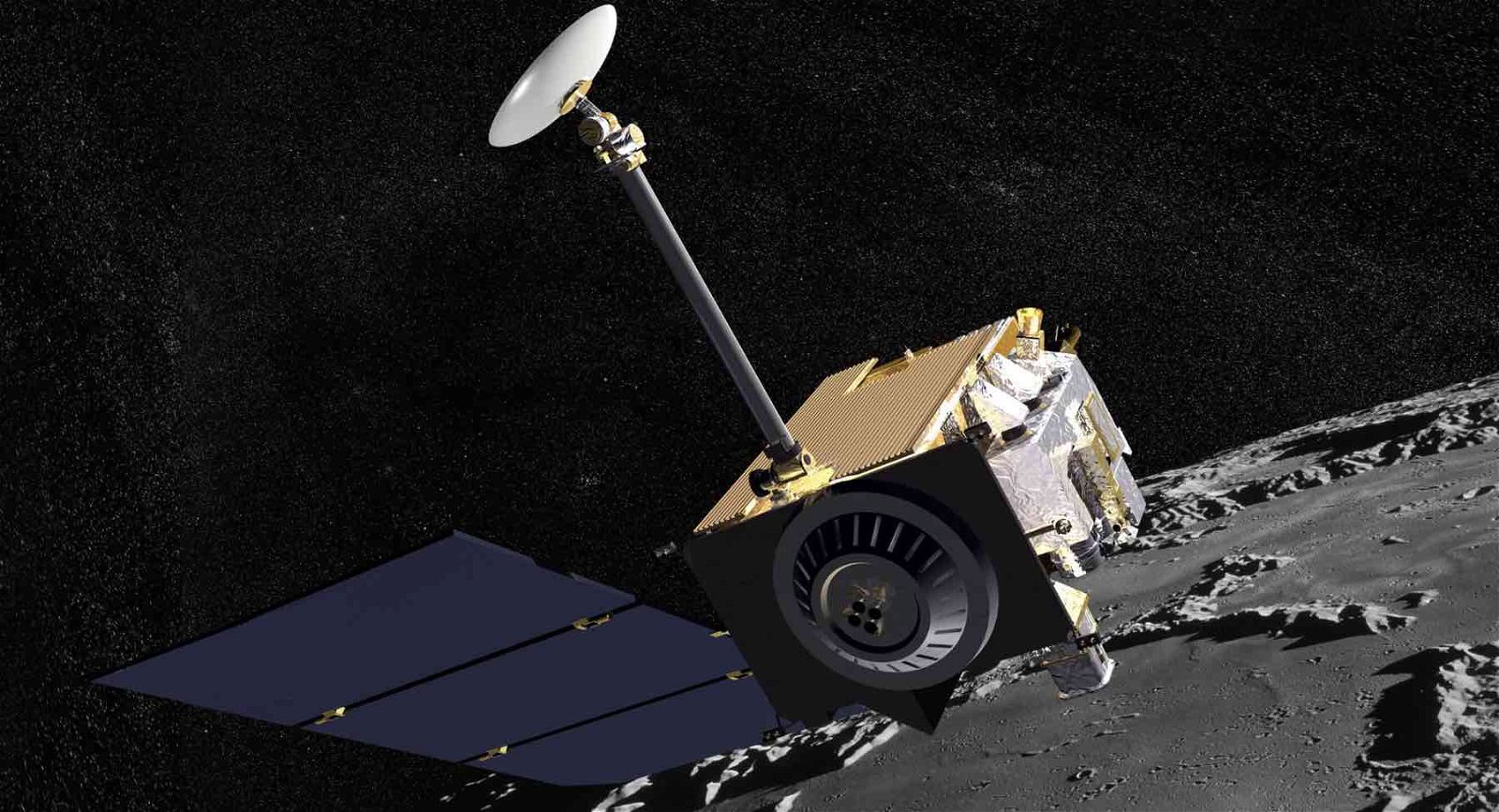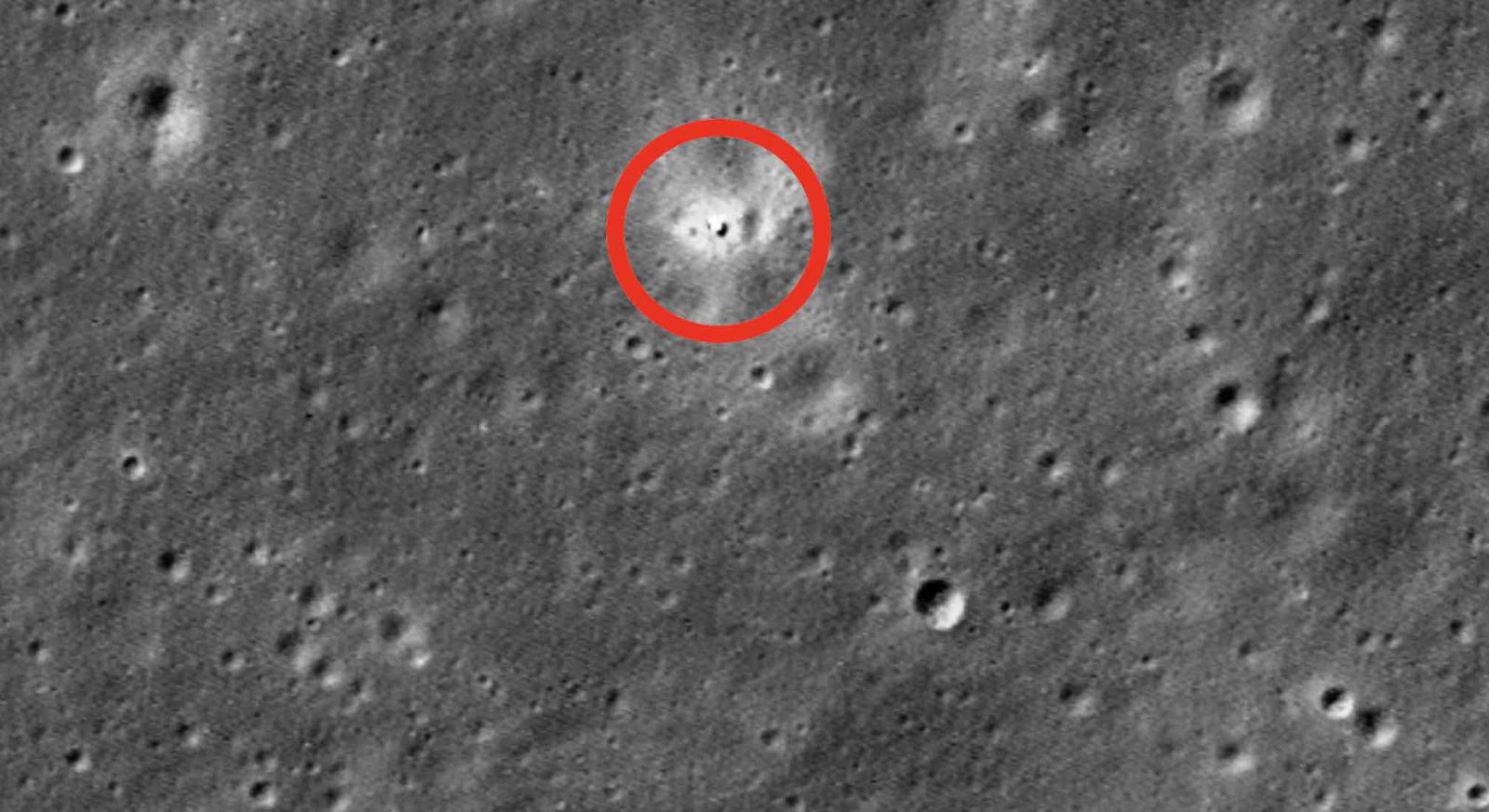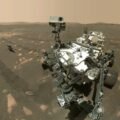NASA’s Lunar Reconnaissance Orbiter (LRO) has captured new images of the far side of the Moon that have revealed the location of a Chinese spacecraft.
The images obtained by the LRO on June 7 reveal the position of China’s Chang’e 6 sample return spacecraft, which was parked within the Apollo basin. This geologically rich region on the lunar surface features an abundance of basalt resulting from ancient lava flows on Earth’s natural satellite.
Since landing on June 1, Chang’e 6 has been carrying out a robotic lunar exploration mission launched by China’s National Space Administration. The Chinese probe was initially launched in early May.
Nearly a week after Chang’e 6 touched down in the Apollo basin, NASA’s LRO passed above its landing site, allowing it an opportunity to capture images that revealed the Chinese spacecraft’s location near the rim of a 50-meter crater.


With the new imagery in hand, LRO imaging experts were quickly able to determine the coordinates of Chang’e 6’s position to be roughly 42 degrees south latitude, 206 degrees east longitude, and placing the probe at an elevation of about minus 5,256 meters.
The new imagery obtained by the LRO was released amid a flood of recent social media posts that falsely link earlier imagery obtained by NASA, some dating as far back as 2010, to the recent landing of Chang’e 6.
Land of the Ancient Lunar Lava Flows
Billions of years ago, the area where Chang’e 6 is carrying out its mission was the site of basaltic lava flows that made their way to the area, where they likely subsided once they met a geological fault believed to exist in the area.
Chang’e 6’s landing site is roughly halfway between a pair of prominent dorsum or “wrinkle ridges,” features that are ubiquitous on lunar basalt plains and can sometimes reach several hundreds of kilometres in length. The basaltic flow in this region appears to overlap with an earlier one located to the west, which lacks the iron oxide and titanium dioxide that is evidenced by the adjacent younger basaltic formation.
NASA’s Spy in Lunar Orbit
Since June 18, 2009, the Lunar Reconnaissance Orbiter (LRO) has been observing the moon from its unique eccentric mapping orbit, providing crucial imagery for creating a 3D map of the lunar surface.
Although the LRO was initially planned for a two-year mission, its operation was extended to gather data addressing various scientific questions, including the evolution of the moon’s crust and regolith.
The recent photos the LRO obtained of China’s Chang’ e 6 spacecraft aren’t the first time NASA’s ever-watchful eye in lunar orbit has successfully spotted operations on the lunar surface undertaken by other countries. Last September, the LRO captured images of India’s Chandrayaan-3 spacecraft at its landing site. Also, in April of this year, the LRO managed to capture images of the Korea Pathfinder Lunar Orbiter (KPLO), an orbital spacecraft operated by the Korea Aerospace Research Institute (KARI).
Mapping the Moon and Beyond
Apart from photographing spacecraft sent to the Moon by other nations, the LRO has provided an unprecedented amount of information that has helped scientists expand our knowledge of Earth’s natural satellite. With a suite of high-resolution cameras and other powerful instruments, the LRO has succeeded at mapping the surface of the Moon with an impressive amount of detail, imagery which NASA has made available for viewing online.


The LRO has played a significant role in several major discoveries, including the confirmation of water ice in craters on the Moon that remain in permanent shadow. Last December, the LRO also transmitted a laser beam from its laser altimeter instrument toward a tiny device on the Indian Space Research Organization’s (ISRO) Vikram lander, proving that the LRO could be used to locate retroreflectors on the surface of the Moon.
Currently, Chang’e 6 is carrying out China’s second sample return mission. The samples collected by the lander were transferred to an ascender module and carried to an orbiter where it docked on June 6 for their transfer back to Earth. The Chang’e 6 lander and its associated rover have also conducted experiments while operating on the lunar surface.
Additional information on China’s Chang’e 6 mission can be found here, and more about the ongoing operations of NASA’s Lunar Reconnaissaince Orbiter can be found on NASA’s official LRO mission webpage.
Micah Hanks is the Editor-in-Chief and Co-Founder of The Debrief. He can be reached by email at micah@thedebrief.org. Follow his work at micahhanks.com and on X: @MicahHanks.

